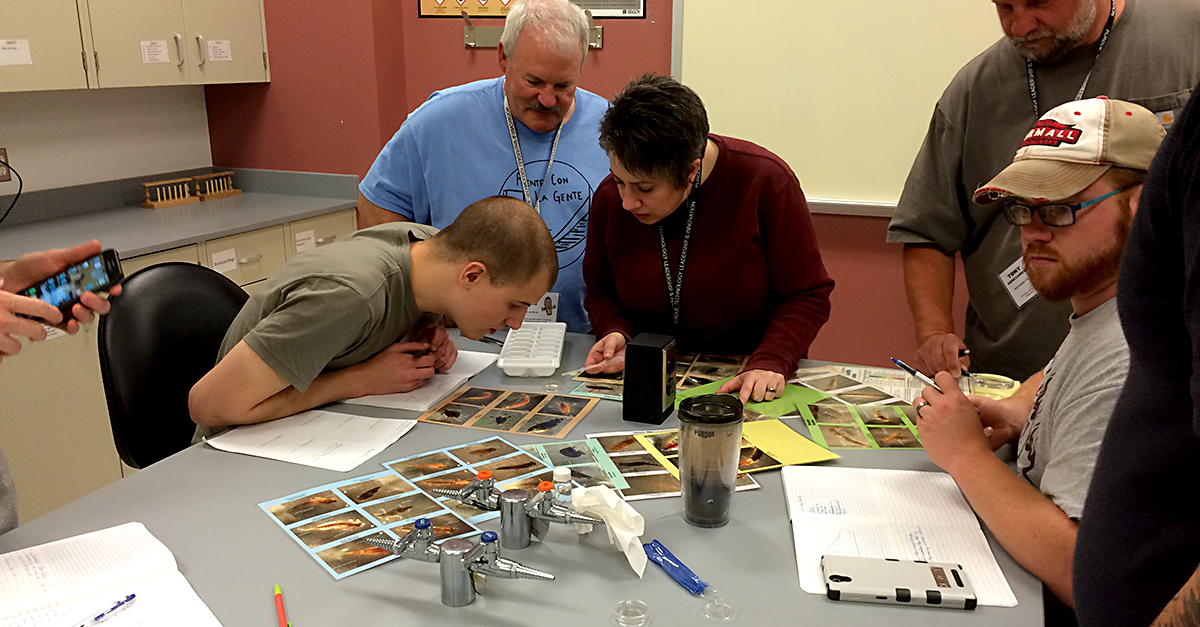
A lecture on Purdue’s campus by Frans Johansson, author of the Medici Effect, inspired Todd Kelley to develop the TRAILS program.
“He inspired me by saying we should look for unique and odd connections between disparate fields. That’s where you’ll find innovation,” said Kelley, associate professor of engineering/technology teacher education.
One can find innovation in several aspects of the TRAILS program, from the use of biomimicry to illustrate engineering design concepts to the pairing of science and technology teachers from the same school. The ultimate academic goal is to devise new approaches to teaching while integrating separate subjects and addressing state education standards.
TRAILS stands for Teachers and Researchers Advancing Integrated Lessons in STEM. The research goals of this National Science Foundation-funded research are to use this unique way of looking at the scientific world to help students better understand STEM disciplines and teach them how to apply these science concepts to create technology solutions.
During the two-week summer camp, participating teachers learn a new lesson they can implement in their schools. They also are tasked with creating their own lesson for implementation in their classroom and to be shared with others. The lessons integrate scientific inquiry and engineering design. For example, the teachers study what makes aquatic insects buoyant and then they work to mimic that buoyancy as they design and 3D print a fishing lure. Another lesson focuses on the study of insect flight and how insects create lift, thrust and air displacement. Students must then design and 3D print insect wing prototypes based on what they learned.
“Every lesson has an educational challenge at the end,” Kelley said. “The lessons are all biomimicry inspired and within an entomology context. This is an awesome context for education, especially when we talk about innovation. We have to be inspired by nature and use limited resources.”
TRAILS is a three-year project that will reach 45 teachers, including pre-service teachers at Purdue. The first summer session was conducted in 2016. Research measures include teacher surveys on self-efficacy teaching STEM and STEM career awareness. Researchers also collect data measuring students’ STEM knowledge, STEM career awareness, and overall ability to apply STEM knowledge to develop technology solutions.
Purdue students Molly Brogran and Nate Cool, both engineering/technology teacher education majors, are student teaching this semester in schools with TRAILS programs to help teach the concepts from the Summer 2016 professional development experience.
--
TRAILS is supported by the National Science Foundation, award #DRL-1513248. Any opinions and findings expressed in as part of TRAILS are those of the researchers and do not necessarily reflect the views of NSF.
